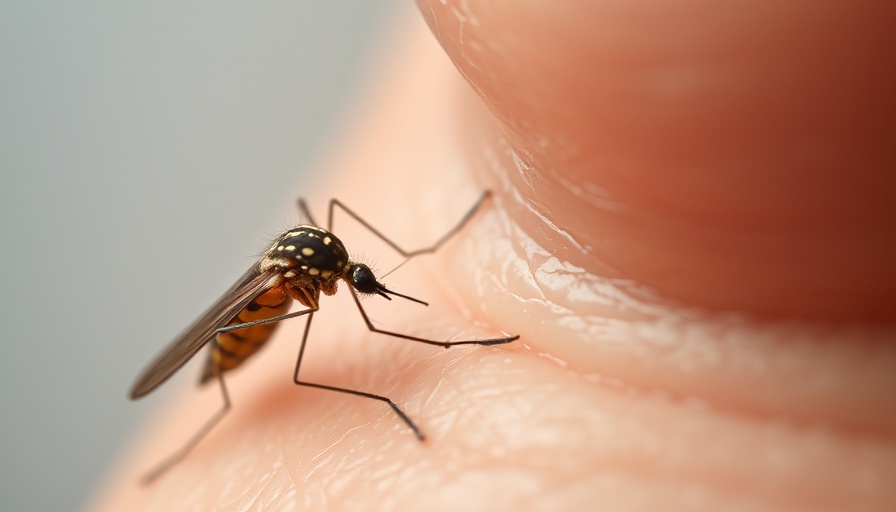
Exercise Smarter: The New Science of Strength Building
In today's fast-paced world, many individuals seeking to build strength often believe that achieving their fitness goals requires spending hours in the gym lifting heavy weights. However, recent research from Florida Atlantic University (FAU) suggests that achieving strength and muscle growth might take less time than you think.
Unpacking the Research Findings
The study, which has gained attention for its innovative insights, examined existing literature on exercise volume – defined as the number of sets performed during a workout. Senior author Michael Zourdos emphasized that effective strength building can be achieved with a few focused sets rather than excessive training volume. According to the study, muscle growth benefits plateau after around 11 fractional sets, and strength increases can be satisfied with as few as two direct sets per session.
Understanding Training Volume and Frequency
Training volume refers to the total sets and reps you perform, whereas frequency indicates how often you train a particular muscle group. FAU’s research highlights the importance of this distinction by introducing the Point of Undetectable Outcome Superiority (PUOS), a concept that delineates the threshold beyond which additional sets fail to provide significant benefits. This finding implies that for many, opting for shorter, more frequent workouts may yield better results than long, exhaustive sessions.
Practical Applications for Your Fitness Routine
So how can you maximize these findings in your daily routine? Rather than dedicating hours to workout sessions, consider performing one to two hard, focused sets for your primary lifts. This adjustment could lead to enhanced recovery times and allow for an increase in training frequency, giving your muscles the stimulus they need without excessive fatigue.
Balancing Efficiency with Ambition
While the idea of shorter workouts can seem appealing, some fitness enthusiasts are determined to push their limits and extract every possible gain from their routines. Jacob Remmert, the study's lead author, notes that individuals interested in maximizing muscle growth should still pay attention to recovery when experimenting with higher volumes. This balanced approach ensures that you aren’t just working out harder, but smarter.
The Takeaway for Health Enthusiasts
In summary, if you're on a journey to enhance your health and fitness, understanding that building strength can require less exhaustive effort than previously thought opens up new possibilities for your workout routines. Incorporating efficient strength training strategies could significantly improve your results, making it an exciting time to redefine what fitness looks like.
Contact us for more details on optimizing your fitness regime!
 Add Row
Add Row  Add
Add 




Write A Comment